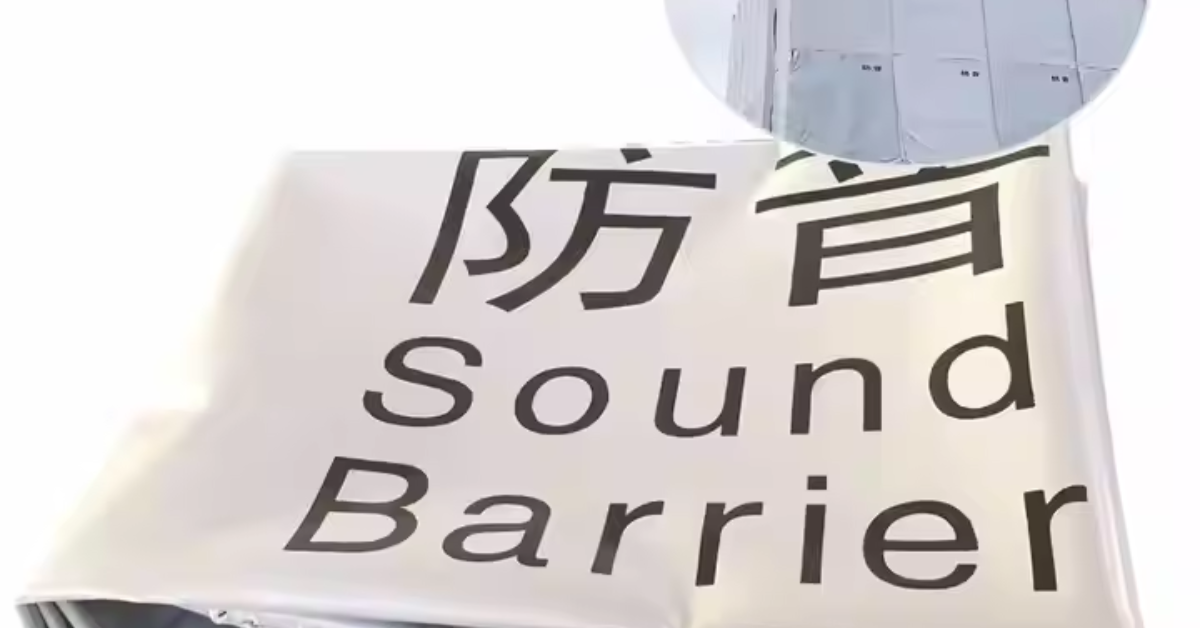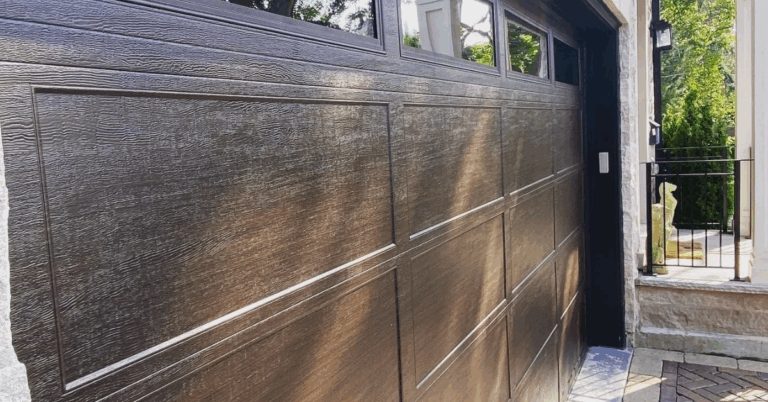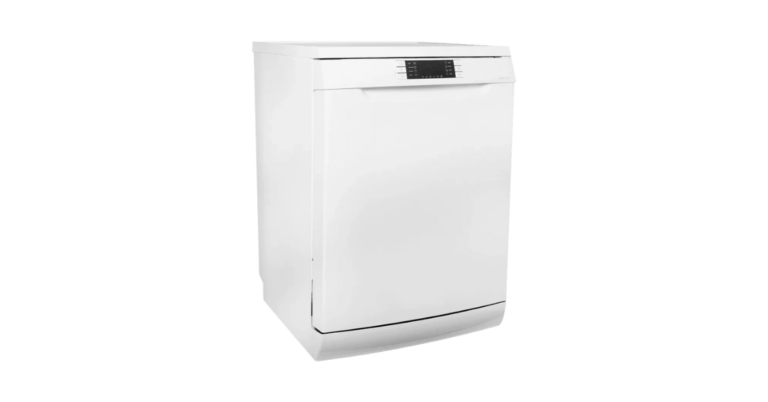Sound Barrier Sheet: The Ultimate Solution for Noise Control
In today’s fast-paced urban world, noise pollution has become an unavoidable problem. Whether you live near a busy street, run a commercial facility, or manage a construction site, excessive noise can be a serious disturbance. One of the most effective ways to tackle this challenge is by using a Sound Barrier Sheet. This modern noise control material is designed to block and absorb sound, creating a quieter, more comfortable environment.
What Is a Sound Barrier Sheet?
A Sound Barrier Sheet is a high-performance acoustic insulation material used to reduce sound transmission between spaces. It acts as a barrier that prevents noise from passing through walls, ceilings, floors, and fences. These sheets are typically made from dense materials such as mass-loaded vinyl (MLV), foam composites, or PVC. The main goal is to minimize airborne and structural noise, ensuring peace and privacy.
Unlike traditional insulation materials, a Sound Barrier Sheet is engineered specifically for acoustic control. It doesn’t just muffle sound—it stops it from traveling from one area to another. This makes it ideal for both residential and industrial applications where soundproofing is essential.
How Does a Sound Barrier Sheet Work?
The science behind a Sound Barrier Sheet is straightforward but highly effective. Sound waves travel through air and solid surfaces, creating vibrations that we perceive as noise. The dense structure of the sheet absorbs and reflects these sound waves, reducing the amount of noise that passes through.
Here’s how it works in three steps:
-
Absorption – The sheet absorbs sound energy, converting it into negligible heat.
-
Reflection – It reflects sound waves away from the surface.
-
Damping – It reduces vibration in walls or structures that carry noise.
By combining these mechanisms, a Sound Barrier Sheet ensures a noticeable drop in sound levels—sometimes up to 30–40 decibels depending on the installation and environment.
Key Benefits of Using a Sound Barrier Sheet
-
Superior Noise Reduction
The primary advantage of using a Sound Barrier Sheet is its excellent noise control capability. It helps in reducing external sounds such as traffic, machinery, or construction noise, making indoor spaces more peaceful. -
Easy Installation
These sheets are flexible, lightweight, and easy to install. They can be cut to size and applied directly to walls, ceilings, floors, or fences without the need for complex equipment. -
Durable and Weather-Resistant
A high-quality Sound Barrier Sheet is designed to withstand harsh conditions. Many variants are UV-resistant, waterproof, and flame-retardant, making them suitable for both indoor and outdoor applications. -
Versatile Applications
From residential apartments to factories and highways, the Sound Barrier Sheet can be used anywhere noise reduction is required. -
Cost-Effective Solution
Compared to other soundproofing methods, installing a Sound Barrier Sheet is an affordable and efficient solution that delivers lasting results.
Common Applications of Sound Barrier Sheets
-
Residential Areas
Homeowners use Sound Barrier Sheets to reduce noise from neighboring apartments, home theaters, or busy streets. They can be installed behind drywall, under flooring, or inside ceilings. -
Commercial Buildings
Offices, restaurants, and recording studios often rely on Sound Barrier Sheets to maintain privacy and create an acoustically balanced environment. -
Industrial Facilities
Manufacturing plants and workshops use these sheets to control machinery noise, protecting workers’ hearing and ensuring compliance with noise regulations. -
Construction Sites
Temporary Sound Barrier Sheets are commonly installed around construction zones to reduce noise pollution affecting nearby residents. -
Highways and Outdoor Barriers
For outdoor use, heavy-duty Sound Barrier Sheets are installed along roads, bridges, and airports to minimize traffic and aircraft noise.
Types of Sound Barrier Sheets
There are several types of Sound Barrier Sheets, each designed for specific needs:
-
Mass Loaded Vinyl (MLV): A dense, flexible sheet that provides excellent sound isolation and is ideal for walls and ceilings.
-
Foam Composite Sheets: These combine acoustic foam with a barrier layer for both absorption and insulation.
-
PVC Sound Barriers: Used in outdoor applications due to their weather-resistant properties.
-
Fiberglass Acoustic Panels: Designed for industrial and commercial soundproofing projects.
Each type of Sound Barrier Sheet offers a unique combination of noise reduction, flexibility, and durability.
Installation Tips for Maximum Performance
To get the best performance from a Sound Barrier Sheet, proper installation is essential. Here are a few professional tips:
-
Seal All Gaps: Even small openings can allow noise to leak through. Use acoustic sealant to close edges and seams.
-
Layering: For heavy noise control, apply multiple layers of Sound Barrier Sheets.
-
Combine with Absorbers: Pairing with acoustic foam or insulation panels enhances overall soundproofing performance.
-
Secure Fixing: Ensure sheets are tightly attached to the surface using screws, adhesive, or clips to prevent vibration.
-
Check Overlaps: Overlap sheets by at least 50mm to eliminate sound leaks between joints.
Following these steps can significantly improve the sound-blocking capacity of your installation.
Environmental and Safety Benefits
Besides noise reduction, a Sound Barrier Sheet contributes to a safer and more sustainable environment. Many manufacturers use eco-friendly materials that are non-toxic, lead-free, and recyclable. These sheets also help maintain workplace safety by reducing the risk of hearing damage and improving overall comfort.
Fire-resistant and odorless versions are also available for sensitive environments like hospitals or schools, ensuring both health and safety compliance.
Choosing the Right Sound Barrier Sheet
When selecting a Sound Barrier Sheet, consider the following factors:
-
Noise Level: Determine whether you need light, medium, or heavy-duty noise reduction.
-
Material Type: Choose based on application—MLV for interiors, PVC for outdoors.
-
Thickness: Thicker sheets generally block more sound but may be heavier to install.
-
Durability: Ensure the sheet is resistant to moisture, UV rays, and corrosion if used outdoors.
-
Budget: Compare prices, but never compromise on quality for short-term savings.
By understanding your specific requirements, you can invest in a Sound Barrier Sheet that offers the best balance of performance and value.
Conclusion
A Sound Barrier Sheet is an effective, durable, and affordable solution for controlling unwanted noise in residential, commercial, and industrial spaces. Whether you’re soundproofing a room, protecting a worksite, or enhancing privacy in an office, these sheets offer unmatched acoustic performance.
With the right material choice and installation, a Sound Barrier Sheet can drastically reduce noise pollution, creating a quieter, more productive, and comfortable environment for everyone.







